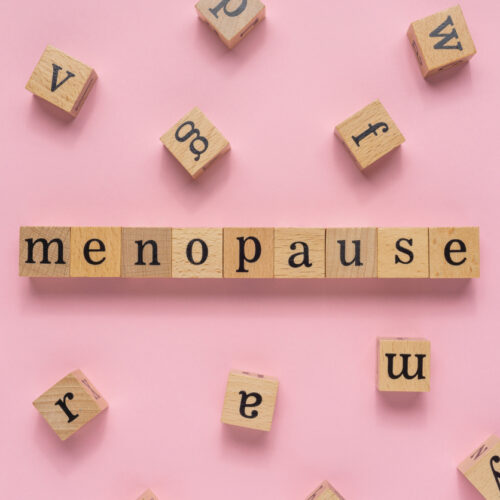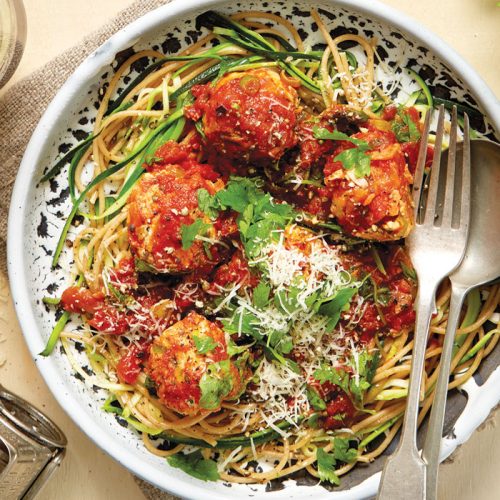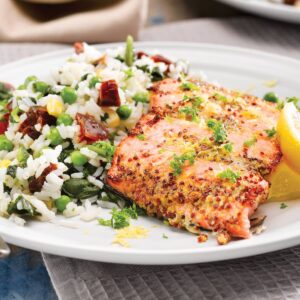
It’s never too late to start working on your fitness and enjoying the myriad benefits that come with it. Here are some ideas around what to focus on, depending on your life stage.
In your 20’s
Be sporty
YOUR FITNESS CHALLENGE
While you should in theory be at your fittest and most energetic in your 20s, young women often lack confidence or enthusiasm for fitness, according to fitness coach Lucy Wyndham-Read. ‘School PE lessons put many girls off exercise for years. You may go to the gym in an effort to get slim, but you don’t really enjoy it, so you give up.‘
WHY YOU NEED IT
This is a key age for building bone mass and establishing healthy habits for life. ‘If you hated exercise at school, this is the time to fall in love with it,’ says Lucy.
TRY THIS
Try taking up a sport. ‘It doesn’t have to be competitive, but it’s a healthier way to socialise than pubbing or clubbing,‘ Lucy says. ‘It takes the emphasis off body image.’
In your 30’s
Be clever with your time
FITNESS CHALLENGE
‘Women in their 30s are the ultimate multitaskers,’ says celebrity personal trainer Stuart Amory. ‘They’re often working hard at their careers and juggling work and motherhood.’
WHY YOU NEED IT
It may feel hard to find the time to exercise at this age, but the effort will pay off. ‘Functional fitness means being able to cope with everyday life,’ says Stuart. ‘Strong enough to lug your kids around, energetic enough to last the day.‘
TRY THIS
There’s increasing evidence of the effectiveness of high-intensity interval training (HIIT). ‘It means working out for a shorter time overall, but adding in short, sharp bursts of effort,’ says Lucy. Whether you’re walking, jogging, cycling, swimming or doing circuits, Lucy advises two minutes of brisk effort, then one minute going faster, repeated seven times. That’s just a 21-minute session – and you’re done.
In your 40’s
Built strength
YOUR FITNESS CHALLENGE
Midlife, it’s extra important to make sure you include weight-bearing exercise in your routine. ‘As the menopause approaches, hormonal changes mean women start to lose muscle. mass and bone density as well as to gain fat around the middle,’ says Lucy.
WHY YOU NEED IT
‘Any weight-bearing activity will help to maintain bone mass and stave off osteoporosis in later life – our risk goes up post-menopause,’ says Lucy. Exercise is also one of the best ways to reduce visceral fat, which is the dangerous fat around your internal organs. And of course, building activity into your day can be a great way of taking your mind off day-to-day worries and reducing stress.
TRY THIS
You can ask a fitness instructor at your gym to design a weights program tailored for you, Stuart says, but ask to use free weights rather than machines, as they work your core too. Using your own bodyweight by doing exercises like squats or lunges is also effective, and any weight-bearing activity, such as walking, is excellent for bone health.
In your 50’s
Love your heart
FITNESS CHALLENGE
It’s tempting to think you’re too old to start an exercise regime if you’re not already in the habit. ‘But you’re never too old,’ says Lucy. ‘In reality, the more you do, the better you’ll feel.’
WHY YOU NEED IT
Everyone’s risk of cardiovascular disease increases as we get older (and for women, post-menopause), so now’s an important time to make sure you’re getting plenty of aerobic exercise to benefit your heart. ‘It doesn’t have to be a specific exercise session,’ says Lucy. ‘You can turn a trip to the shops into your workout by ditching the car and walking there briskly, or by putting some gusto into the gardening.’
TRY THIS
‘If you don’t like the gym or traditional workouts, think outside the box,’ says Lucy. ‘Activities like golf, ballroom dancing, DIY and dog-walking all count as fantastic cardio workouts if you do them with intent – plus they’re sociable,’ she says. Or, as an added incentive, why not sign up for a charity fitness event and raise sponsorship?
In your 60’s
Be flexible
YOUR FITNESS CHALLENGE
‘If you want to be fit and flexible in decades to come, to enjoy your retirement and have fun with your grandchildren, work on maintaining your full range of movement. Be active to stay active,’ Stuarts says.
WHY YOU NEED IT
‘Osteoporosis risk is higher, as is our risk of arthritis, joint and mobility problems, and falls,’ says Lucy. ‘Protect your skeleton, but think about keeping muscles strong and supple, and joints flexible.’
TRY THIS
‘Any form of low-impact exercise that encourages balance, strength, co-ordination and flexibility is perfect,’ says Lucy. ‘Consider yoga, pilates, swimming t’ai chi or qigong.‘ ‘There’s no reason why you can’t keep up or take up other sports and activities if you feel like it,’ Stuart points out. ‘A client of mine recently celebrated her 69th birthday at the top of a climbing wall. Another is planning a marathon in her 65th year.
Article sources and references
- Burke et al. 2011. Carbohydrates for training and nutrition. J Sports Sci. 29:S17-S27
- Gonzalez et al. 2016. Liver glycogen metabolism during and after prolonged endurance-type exercise. Am J Physiol-Endoc M. 311:E543–53, 2016
- Jentjens et al. 2003. Determinants of postexercise glycogen synthesis during short-term recovery. Sports Med. 33:117-44
- Sports Dietitians Australia. Eating & Drinking Before Exercise.https://www.sportsdietitians.com.au/factsheets/fuelling-recovery/eating-drinking-sport/
- Sports Dietitians Australia. Recovery Nutrition.https://www.sportsdietitians.com.au/factsheets/fuelling-recovery/recovery-nutrition
- Thomas et al. 2016. Position of the Academy of Nutrition and Dietetics, Dietitians of Canada, and the American College of Sports Medicine: Nutrition and Athletic Performance. J Acad Nutr Diet. 116:501-28.
www.healthyfood.com










